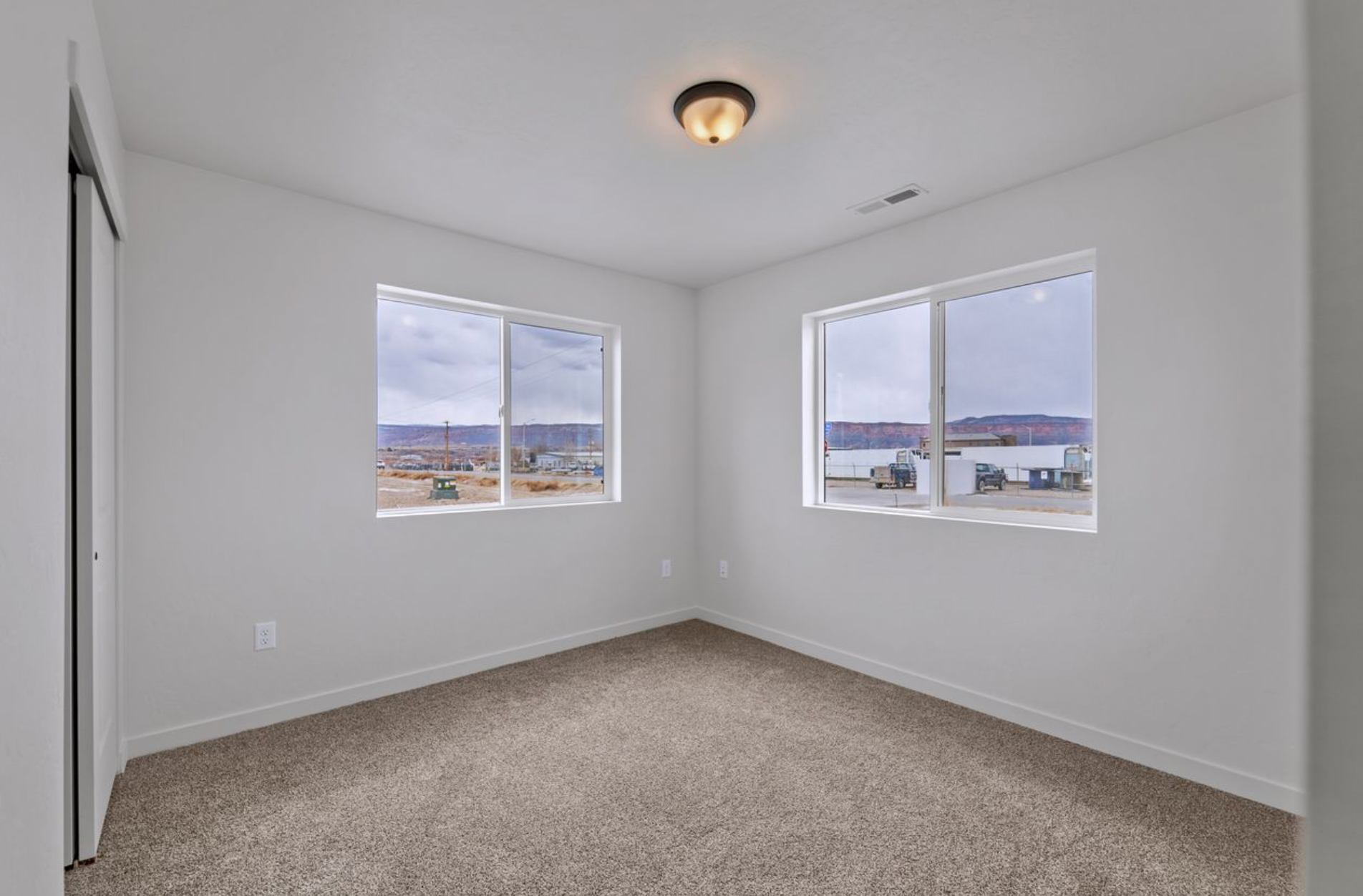Why Choose Energy Efficiency?

In a time where it has become undeniable that climate change is affecting our world, the toxicity of fossil fuels has become ever so prevalent. The concept of energy efficiency revolves around maximizing the output while minimizing the input, thereby reducing energy consumption, operating costs, and environmental impact. For this reason, it is crucial that we incorporate energy efficiency into every aspect of our lives. In doing so, we remain conscious of the environment and the betterment of our quality of life.
At
Senergy Builders, we stand as a trailblazer in the construction industry. Every project at Senergy Builders begins with a commitment to perfection. We are dedicated to building a greener future through innovative energy efficient practices. With a steadfast commitment to environmental stewardship and cutting-edge technology, we are committed to nothing short of excellence in terms of environmental appeal, and client appeal.
Energy Efficiency In Construction
In today's construction industry, the concept of energy efficiency has transcended from a niche consideration to a fundamental pillar of sustainable building practices. As the global community grapples with the challenges of climate change and resource scarcity, construction companies are increasingly recognizing their role in shaping a more sustainable future. Embracing energy efficient homes represents not only a commitment to environmental stewardship but also a strategic approach to meeting evolving market demands and enhancing customer satisfaction.
Construction companies are crucial in driving the adoption of energy efficient homes by integrating innovative technologies and practices into their building projects. These homes are designed to minimize energy consumption through superior insulation, high-performance windows, efficient heating, ventilation, and air conditioning (HVAC) systems, and energy efficient appliances and lighting.
By leveraging these advancements, construction companies not only reduce the carbon footprint of their developments but also offer homeowners substantial savings on energy bills over the lifespan of their homes.
And Beyond
Beyond environmental and economic benefits, the shift towards energy efficient homes reflects a broader commitment to quality and sustainability in construction practices. It requires collaboration with architects, engineers, suppliers, and subcontractors to implement integrated design strategies that optimize energy performance without compromising comfort or functionality.
Moreover, embracing energy efficiency positions construction companies as leaders in their field, attracting environmentally conscious clients and investors while contributing positively to community and regulatory goals for energy conservation.
Now, the main question still stands, why choose energy efficiency? Let’s delve into the importance of the idea in itself and explore how construction companies can successfully embrace energy efficient homes.
By prioritizing energy efficiency, these companies not only contribute to a more sustainable built environment but also play a crucial role in shaping a future where homes are efficient, comfortable, and environmentally responsible.
Importance of Energy Efficiency
Energy efficiency is pivotal for several compelling reasons. Firstly, it mitigates the depletion of natural resources by reducing the demand for energy production. Given the finite nature of fossil fuels and the environmental impact of their extraction and consumption, improving energy efficiency helps in conserving these resources for future generations.
Secondly, it plays a crucial role in combating climate change. By lowering energy consumption, we can reduce greenhouse gas emissions associated with energy production, thus mitigating the adverse effects of climate change such as global warming, extreme weather events, and sea-level rise.
From an economic standpoint, energy efficiency offers substantial financial benefits. Businesses and industries that invest in energy efficient technologies and practices typically experience lower operational costs due to reduced energy bills.
Moreover, energy efficiency can enhance economic competitiveness by improving productivity, stimulating innovation in clean technologies, and creating job opportunities in the renewable energy and energy efficiency sectors.
Challenges and Barriers
Despite its numerous benefits, achieving widespread energy efficiency faces several challenges. One significant barrier is the upfront costs associated with upgrading to energy efficient technologies or implementing energy-saving measures.
Of course, those at the top, who are already making billions, don’t find the benefit of adhering to these standards, minimizing profits in the process. Unfortunately, we live in a world where these people call the shots and make decisions that affect the rest of us.
Now, there’s always the solution of simply raising awareness and feeding the masses with information about available energy efficient technologies and practices, which can hinder adoption.

Strategies for Promoting Energy Efficiency
Let’s get into some strategies we can execute to promote energy efficiency, overcoming these challenges and barriers in the process:
Education and Awareness
Increasing public awareness and providing information about the benefits of energy efficiency can encourage individuals and organizations to adopt energy-saving practices.
Policy and Regulation
Governments can play a crucial role by implementing policies and regulations that incentivize energy efficiency investments, such as tax incentives, subsidies, and mandatory energy efficiency standards for appliances and buildings.
Technological Innovation
Continued research and development in energy efficient technologies, such as
LED lighting, smart appliances,
and energy management systems, can drive improvements in efficiency and affordability.
Financial Mechanisms
Access to financing options, such as loans or grants specifically for energy efficiency projects, can help overcome financial barriers and facilitate investments in energy-saving technologies.
Societal Adaptation
Encouraging energy-conscious behavior among individuals and organizations through energy-saving campaigns, energy audits, and behavioral incentives can lead to significant energy savings.
The Path to Energy Efficiency
Energy efficiency is not merely an abstract concept but a cornerstone of sustainable development and economic prosperity. By optimizing energy use through efficient technologies, practices, and policies, we can achieve significant reductions in energy consumption, lower greenhouse gas emissions, and enhance economic resilience.
Embracing energy efficiency represents a pathway towards a better future for us all, where environmental stewardship, economic growth, and societal well-being converge for the benefit of current and future generations.
As individuals, businesses, and governments, we have a collective responsibility to prioritize and invest in energy efficiency to secure a prosperous future for all.
Choose Senergy Builders
At Senergy Builders, our team of architects, engineers, and construction professionals all collaborate closely to design homes that exceed industry standards for energy efficiency. From advanced insulation and air sealing techniques to high-performance windows and energy efficient appliances, every aspect of a Senergy Builders home is meticulously crafted to reduce energy consumption without compromising on style or functionality.
Reach out today to learn more about our projects, design options, and how we can customize a sustainable building solution that meets your needs and exceeds your expectations. Together, let's build a brighter, greener tomorrow that’s both simply better, and simply smarter.
You might also like



